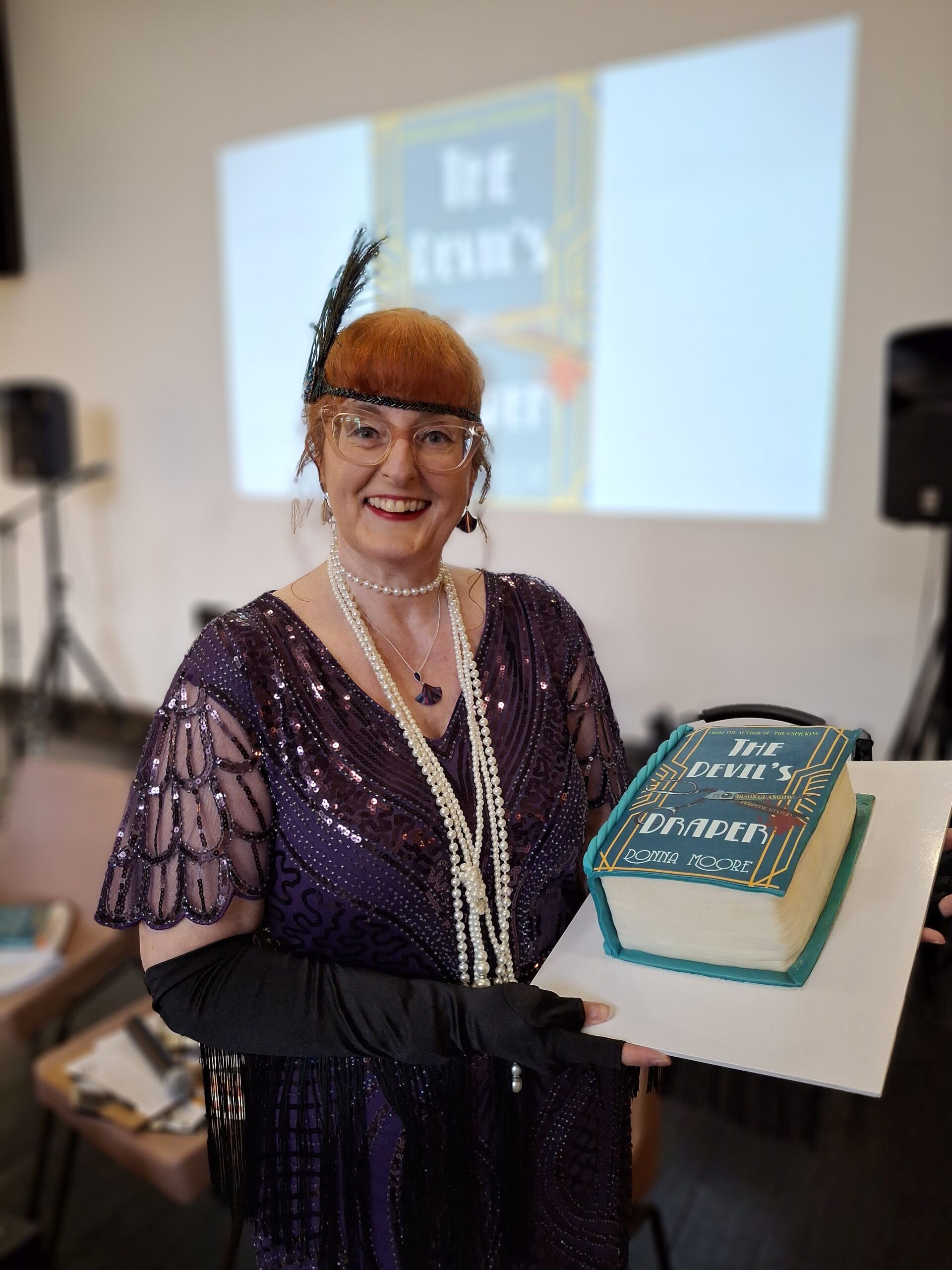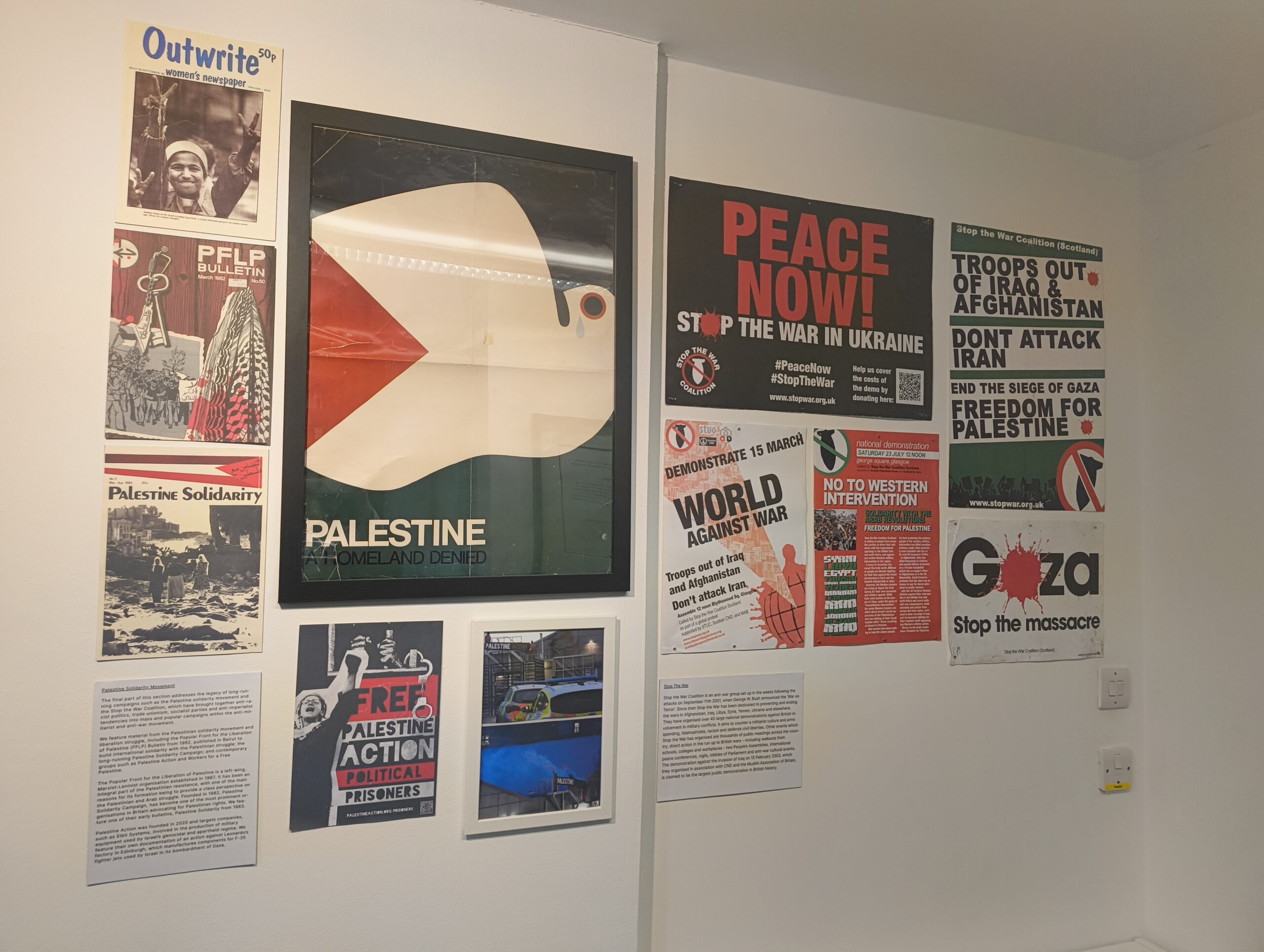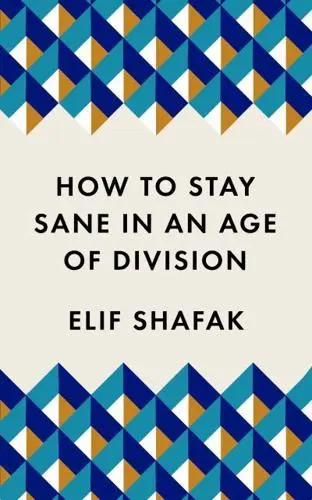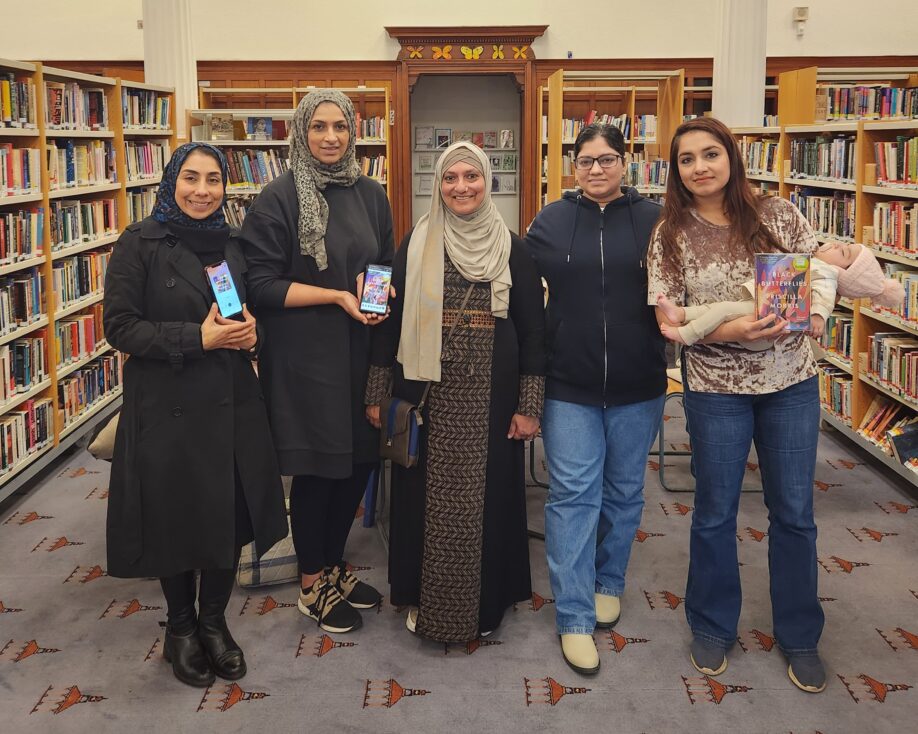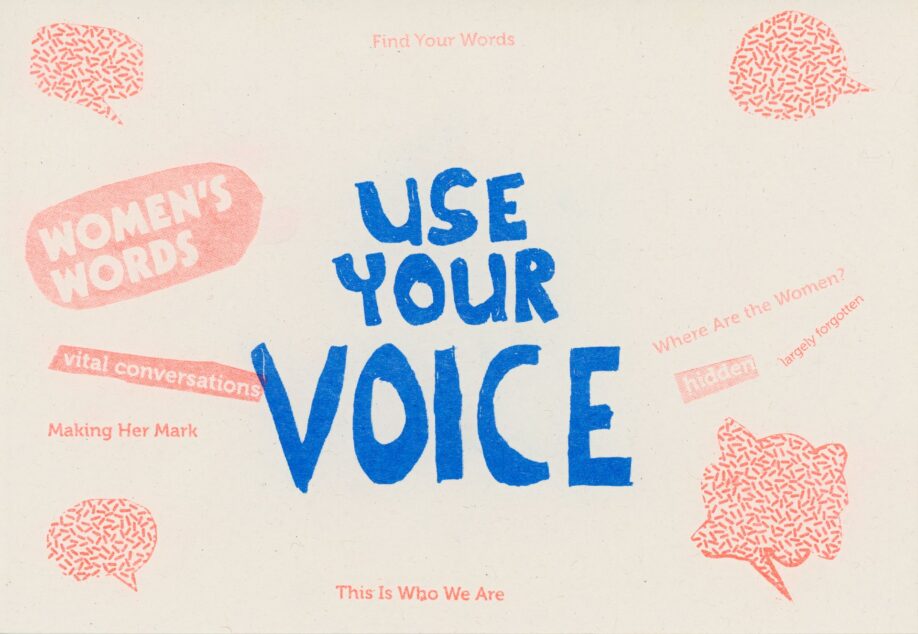Part 1: The F-Problem: Fact or Fiction?
Hello, dear readers! My name is Carly, I’m an English literature and linguistics student from Germany and I’m currently in the library as part of a four-month student placement. When I’m not getting side-tracked by all the amazing things to be found in the GWL archive, I’m mostly busy cataloguing and listing materials, writing blogs and helping with the preparations for GWL’s 30th anniversary. Hopefully, you’ll see more of me and my attempts at (somewhat creative) writing in the weeks to come!
Before you continue reading, go ahead and try to guess the right answers to the questions below.
- In the 1950s, NASA only employed men (so-called “computers”) to perform mathematical calculations for their space program.
– True
– False - During WWII, Winston Churchill created the so-called Special Operations Executive (SOE for short), an all-male secret agency tasked with supporting the resistance movements in foreign countries.
– True
– False - The first Oxford English Dictionary was compiled by a group of men who were aided in their work by women who never got any recognition for their contributions.
– True
– False
Done? Let’s see if you guessed right!
Correct Answers:
1. False. In NASA’s early days, African-American women computers played a vital role in advancing its missions. In 1962, they helped send into space the first American astronaut to orbit the earth, John Glenn.
2. False. The SOE did indeed exist, yet it was not an all-male endeavour. In fact, 39 of the 470 SOE agents sent to France were women, and 16 more were deployed to other countries. They were critical to SOE mission success, as – unlike men – they could travel freely because they were not expected to work during the day and, due to gender stereotypes, these women were considered as being above suspicion.
3. True. While the compilation of the first OED is generally attributed to James A. H. Murray and his team of male colleagues, there were also several women involved in the project – none of them in any decision making capacity, however. They were mostly volunteers, helping to sort through, categorise, and define the sheer endless number of words of the English vocabulary.
How did you do in the above little quiz? It’s possible that one or more of these questions and their answers might have rung a bell and seemed vaguely familiar to you. But why is that? I’ll make a bold guess and say that you probably didn’t learn about them in school. Hand on heart, how many important women figures were covered in your history classes that weren’t just mentioned in passing as “the wife” or “the daughter of”? Over the past few decades, however, there has been a change of attitude as more and more of women’s histories are being rediscovered – their experiences, contributions, inventions, and realities – and, notably, popular culture is doing its fair share to contribute to this development.
And that’s where the above quiz comes in: like those of many other women who were neglected by historians for years, these particular stories were turned into novels, movies, or both, in an attempt to familiarise a mainstream audience with some of the names we should remember, some of the women and their achievements that deserve to be named alongside those of their male contemporaries. In this blog, which will be part of a short series with a new entry being published every other week or so, I’d like to shed light on some of these fictionalised accounts of the lives of important women and their impressive achievements.
Historical Fiction: History Made Fun
First of all, though, it’s important to know that the rising interest in the rediscovery of the lives of important women of the past through film and literature is not an isolated occurrence. Rather, it’s part of a much broader trend, namely of what has sometimes been called the “Historical Turn in Fiction”: put simply, mainstream audiences today seem to LOVE historical fiction, whether it’s in the form of novels, movies, graphic novels, or something else entirely. We enjoy learning about the past, yet many of us seem to prefer doing so without having our eyes water when staring holes into the pages of a dull history book. We want history to be fun and entertaining. We want to see through the eyes of these historical figures, feel what they feel, see what they see: we want to take them down from the pedestals they have been placed on, explore their minds and thoughts like adventurers on a quest, feel their bodies as if they were our own – their pain our pain, their joy our joy – and remind ourselves of the fact that they, like us, were human, that they were made of flesh and bone. It’s the every-day-kind-of experience of the past that we are looking for which will sometimes make us laugh out loud, and sometimes make us cry, and the sudden suspense of which will have us at the edge of our seats. And what better way to shed light on some of the impressive women who made important, even life-changing contributions to politics, academia, or the arts than through historical fiction?

However, one might wonder if these things really go together – history and fiction, education and entertainment. Notably, the question of the value of historical fiction is by no means a recent one. As early as in the nineteenth century, Sir Walter Scott – often seen as the inventor of the historical novel – grappled with the fictional (or what he would call “romantic”) elements in his writing and the question of whether they have a right to exist at all within a narrative that’s supposed to tell a ‘true’ story. Can a fictionalised account of history be historical at all? And how many fictional elements – how many deviations from known historical facts, how much twisting thereof – can a novel contain before it’s no longer ‘historical’ enough to deserve to be called a work of historical fiction? Opinions on that particular question are certainly split, both on a scholarly level and among popular audiences. Just pick any historical novel and have a look at online reader reviews – I guarantee you many of them will be praising the author’s adherence to facts, or raging about their failure to do so, while others will remind us about artistic freedom and the little f-word in the genre’s name: fiction. The fiction vs fact debate seems especially relevant when it comes to any narrative that seeks to highlight the experiences and lives of people who haven’t been treated well by history and historians alike. After all, how can we give a voice to someone who has been silenced for a long time while at the same time avoiding the danger of just presenting the reader with our voice masked as someone else’s? Or, put more simply, how can we tell someone else’s story and really make it THEIR story, and not ours?
When pondering this issue, it’ll eventually – and unavoidably – lead us to more profound questions, namely to those to do with the general objectivity of history: can we ever depict the past in its full and objective truth, given that any narrative about history always involves making sense of things in hindsight, meaning that it’s always filtered through the lens of the culture and times we live in? I’m sure a historian nowadays would have a completely different view on, say, the Thirty Years’ War than one from the late eighteenth century.
But let’s hit pause for a second: has your brain started melting yet? Do you have the sudden urge to close this tab in your browser and do or read something else, something a little less mind-bending, instead? Puzzling over the objectivity of history is a rabbit hole you might not want to go down – after all, academics have been arguing about it for centuries and I am absolutely confident that I won’t be able to solve it in a random blog entry, as much I’d love to. So, what CAN we do, then? Why write this blog at all if it only involves more groping in the dark?
Well, thanks for asking! What we can do, I believe, is think about the issue on a micro-level. We can have a look at individual works of historical fiction and examine how the respective authors have decided to approach the matter. Focusing on novels and movies which centre around the experiences of forgotten women, we can ask questions like: how are these women’s stories told? How are they framed? How were they received by audiences and critics, and what about the fact-fiction ratio in these pieces, i.e. to what extent did the author decide to stick to known ‘facts’? Hopefully, this will give us an idea of some of the advantages and disadvantages, of the gains and risks, of historical fiction, making us able to appreciate these narratives while at the same time opening our eyes to some of their downsides.
Historical Fiction under the Microscope: Hidden Figures
To start us off, let’s have a look at a US-American movie that might have helped some of you answer question number one of the quiz earlier: Hidden Figures, starring, amongst others, actresses Taraji P. Henson, Octavia Spencer, and Janelle Monáe.

When it was released in 2016, the biographical drama, directed by Theodore Melfi, received a lot of praise and critical acclaim, winning several awards and being nominated for numerous more. For those of you who haven’t seen the movie, or whose memory could use a little refresher, the movie is loosely based on the 2016 non-fiction book of the same name by Margot Lee Shetterly and revolves around the story of African American female mathematicians who worked at NASA during the so-called “Space Race”, which involved the Soviet Union and the United States both trying to show superiority in spaceflight. The film mainly focuses on three of these real-life African-American female pioneers in particular: Katherine Johnson, a research mathematician, Dorothy Vaughan, a mathematician and computer programmer, and Mary Jackson, a mathematician who would later become the first African American female engineer to work at NASA. By calculating highly complex equations, these women helped send space heroes like Neil Armstrong, Alan Shepard, and John Glenn safely to space.
What makes this movie especially noteworthy is the fact that it deals not only with issues of sexism and gender discrimination, but also with the highly racist environment of the mid-twentieth century United States. This makes it very interesting to examinations from an intersectional perspective: the women in the movie are discriminated against both because of their being women and because of their being Black, two aspects which are intertwined and can’t easily be untangled.
A Different Take on Well-Known Story Patterns?
Interestingly, the movie deviates from well-known story patterns involved in the depiction of brilliant minds, as Lenika Cruz from The Atlantic observes: “When it comes to historical movies about brilliant minds, especially in the realms of math or the sciences, audiences can all but expect a tale of ego. Films such as A Beautiful Mind, The Theory of Everything, and The Imitation Game all lean in some way on the idea of the inaccessible genius—a mathematician, computer scientist, and theoretical physicist all somehow removed from the world.”
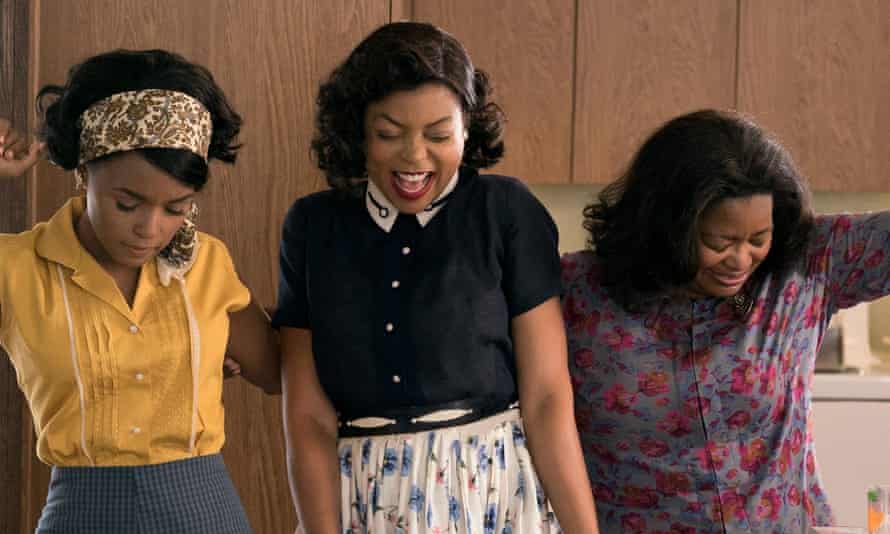
The three main characters in Hidden Figures, by contrast, are never isolated in their individual strivings but are instead part of a community that seeks to support each of its members and to lift one another up. That is also what the movie tries to be: uplifting and inspiring. While repeatedly touching upon the discrimination and prejudices the women are faced with in the predominantly white and male environment of mid-nineteenth century NASA, Hidden Figures’s main goal is to celebrate their oftentimes unacknowledged achievements and brilliance rather than dwell too much on their struggles and obstacles.
And that is where some of the criticism of the movie comes in. According to some critics, the movie fails to highlight a point that Shetterly stresses in the non-fiction book the movie is based upon:
“So much money spent so that […] a dozen white men could take the express train to a lifeless world? Negro women and men could barely go to the next state without worrying about predatory police, restaurants that refused to serve them, and service stations that wouldn’t let them buy gas or use the bathroom.”
Margot Lee Shetterly in Hidden Figures: The American Dream and the Untold Story of the Black Women Who Helped Win the Space Race
While definitely critical of the discrimination and treatment of Black women working for NASA’s space program, the movie never in any way questions or problematises the program itself, never asks a question which more and more people have started wondering about in recent years: how can we justify spending unimaginable sums of money on the exploration of space when there are so many ills in the world we could be spending the money on instead? At the end of the day, the movie glorifies events that were essentially part of a war, albeit a cold one. As Marie Hicks from The Guardian puts it: “In the film, there’s no discussion of the problematic fact that these talented women are submerged in the process of helping the US fight a Cold War designed to extend American political hegemony – the same structure that has subjugated them and their loved ones.”
The Problem of the “White Saviour”

Another point of criticism – one that is perhaps more relevant to our line of inquiry – concerns the story patterns the makers of the movie decided to follow, and one trope in particular which revolves around a male character played by Kevin Costner in the movie: loosely based on Robert C. Gilruth, the head of the Space Task Group, Costner’s character (named Al Harrison) is one of the only men at NASA who is willing to look past issues of skin colour in their joined effort to send a man into space. A particularly moving scene occurs when he heroically rips down a “colored ladies room” sign above a women’s bathroom. It is a brilliant scene, a moving scene – yet, one that never actually happened. The reason why some people have taken offense with Costner’s character is that he fits neatly into the category of what has been termed the “white (male) saviour”: a white character who steps in to save a person from an ethnic minority from their troubles which they would not have been able to save themselves from on their own. The ‘white saviour’ trope has had a long tradition in film making and still exists today. Some of the movies that have been accused of falling back on the trope include, for example, To Kill a Mockingbird, Gran Torino, Avatar, The Blind Side, The Green Book, and the list goes on and on.

Another scene that draws heavily on the ‘white saviour’ trope in Hidden Figures happens at the end of the movie: after finishing some last-minute calculations, Katherine Johnson is denied entry to Mission Control. It is only after Costner’s character steps in that she is allowed to watch the historic launch with her white male colleagues while exchanging thankful glances with her boss. Just like the bathroom scene, however, this never actually happened. As the real Catherine Johnson told THE VICE’s Dexter Thomas, she was forced to watch the flight on a television from her office as she was not allowed into Mission Control – a fact which is also acknowledged in Shetterly’s book. So why did the makers of a movie which has otherwise been praised for its commitment to “historical accuracy” decide to deviate from what is known and confirmed and to include such purely fictional scenes? Why introduce the ‘white saviour’, given that this particular trope helps downplay the blatant racism and discrimination at the time? According to Thomas, the answer to this question is quite simple: the “white savior” character “allows white viewers to feel good about themselves.” After all, the movie is supposed to be uplifting and inspiring – it is meant to leave its audience with a smile on their faces and a feeling of justice having been achieved.
Taking Creative Liberty: A Slippery Slope?
And, to cut a very long story short, this leads us to one of the dangers of writing the stories of underprivileged historical figures: in telling their stories from a perspective and position of privilege, we might end up falling back on the exact same patterns that were responsible for, or involved in, the subjugation of these people in the first place. We might be aiming to highlight the achievements of a woman and/or a person from an ethnic minority background, yet do so by relying on and reproducing patriarchal or racist notions. By oversimplifying or exaggerating the influence of the (white) man who sweeps in to save the day we may undermine and belittle the achievements of these people, especially if these saviour characters and their contributions are purely fictional. In these cases, invoking the idea of “artistic freedom” and an author’s/filmmaker’s right to change and twist known historical events does not work in favour of the historical figures we chose to write about, but rather works against them. In these cases, one might argue, sticking to what is known and generally agreed upon as ‘facts’ might do more justice to these historical figures – to their lives, their experiences, their struggles. However, I’ll talk more about this in the blogs to come and, hopefully, we’ll see that a bit of fact-twisting and creative liberty can be a good thing sometimes.
Of course, the points of criticism regarding Hidden Figures raised in this blog entry do not invalidate the movie’s positive contributions. After all, it helped make known the names of these fabulous women, raising awareness about a side to US-American history that most people – whether American or not – did not know about before. Nevertheless, one might wonder if a more accurate depiction of these women’s realities might not have made for an equally appealing, moving, and thought-provoking movie as what has sometimes been termed the more ‘whitewashed’ version that it ended up being.
Sources:
"Advice: Blurring the Line between Fact and Fiction." Firewords. https://firewords.co.uk/blog/2017/1/11/blurring-the-line-between-fact-and-fiction
"Back in My Day It Wasn't Called Historical Fiction. It Was Called Fiction." MemeGenerator, https://memegenerator.net/instance/58612037/1889-10-guy-back-in-my-day-it-wasnt-called-historical-fiction-it-was-called-fiction. Image.
Cruz, Lenika. "What Sets the Smart Heroines of Hidden Figures Apart." The Atlantic, 9 January 2017, https://www.theatlantic.com/entertainment/archive/2017/01/hidden-figures-review/512252/ Dexter, Thomas. "Oscar-nominated “Hidden Figures” was whitewashed — but it didn’t have to be." VICE, 25 January 2017, https://www.vice.com/en/article/d3xmja/oscar-nominated-hidden-figures-was-whitewashed-but-it-didnt-have-to-be.
Hicks, Marie. "Hidden Figures is a groundbreaking book. But the film? Not so much." The Guardian, 13 February 2017, https://www.theguardian.com/science/the-h-word/2017/feb/13/film-hidden-figures-nasa-black-women-mathematicians-book.
"Hidden Figures." IndieWire, https://www.indiewire.com/2016/12/hidden-figures-review-octavia-spencer-taraji-p-henson-nasa-1201756595/. Image.
"Hidden Figures." Wikipedia, https://en.wikipedia.org/wiki/Hidden_Figures. Image.
"Hidden Figures International Trailer." Youtube, https://www.youtube.com/watch?v=1XZix5XwRNE. Image
"Katherine Johnson." Biography. https://www.biography.com/scientist/katherine-g-johnson.

